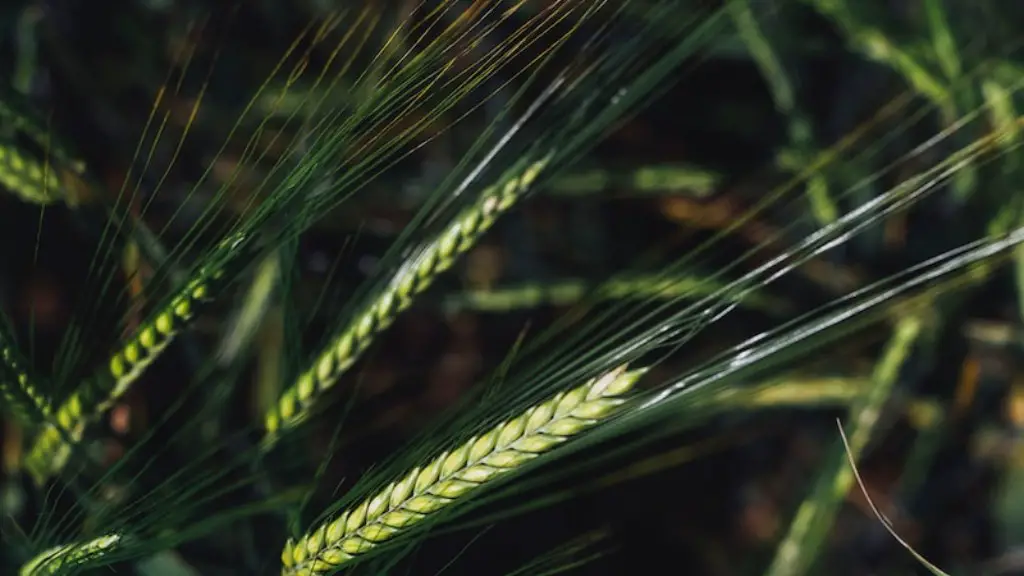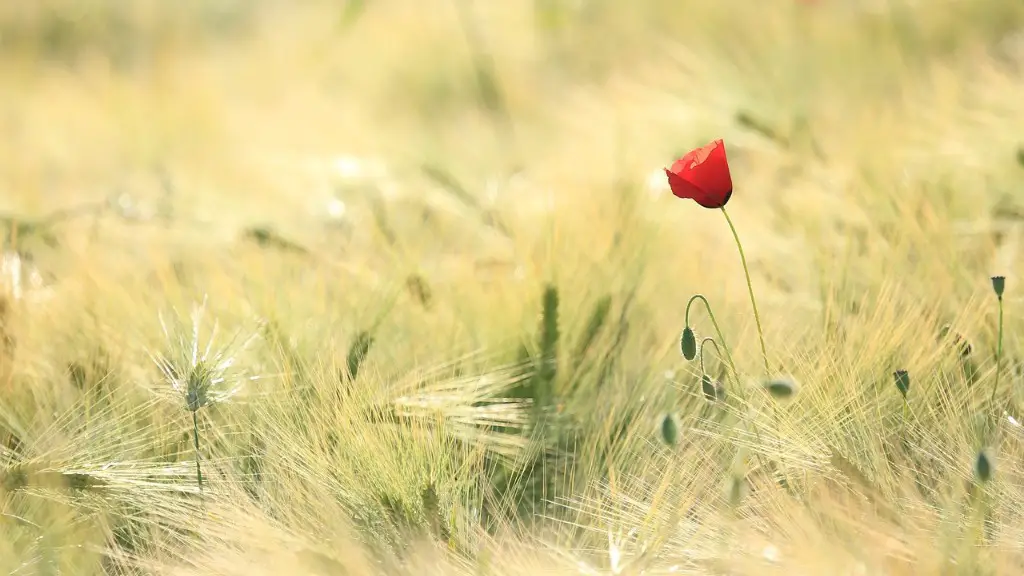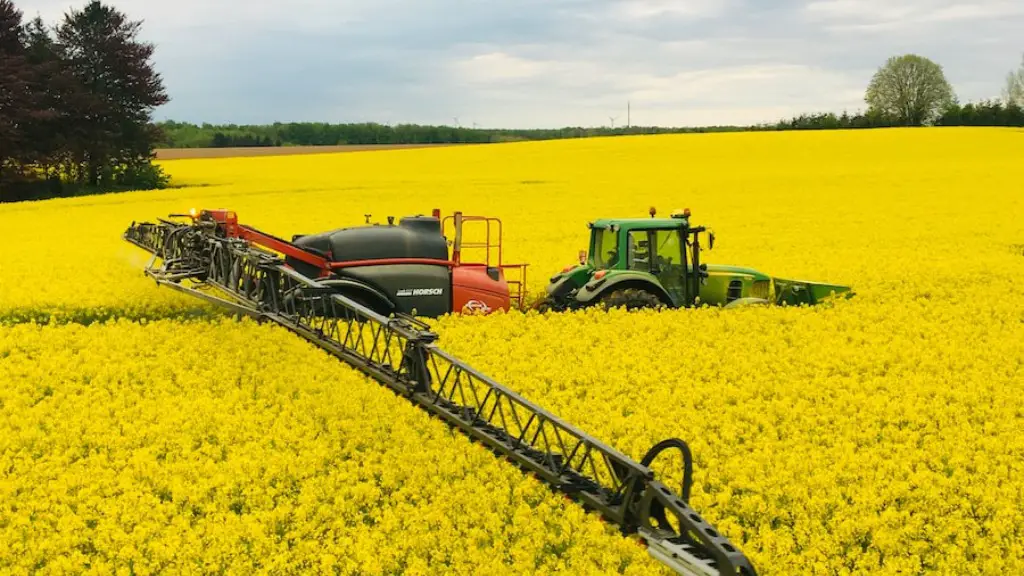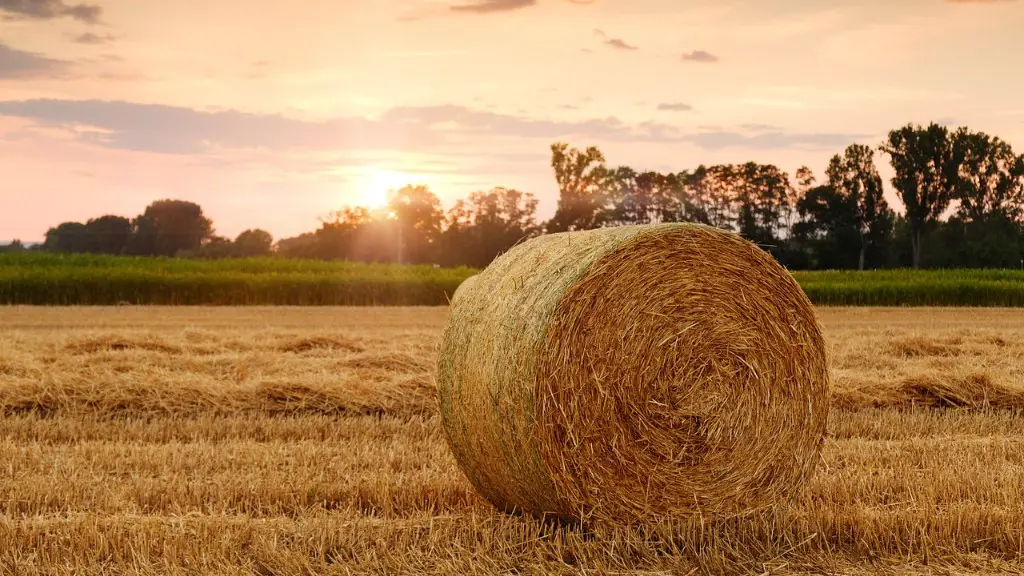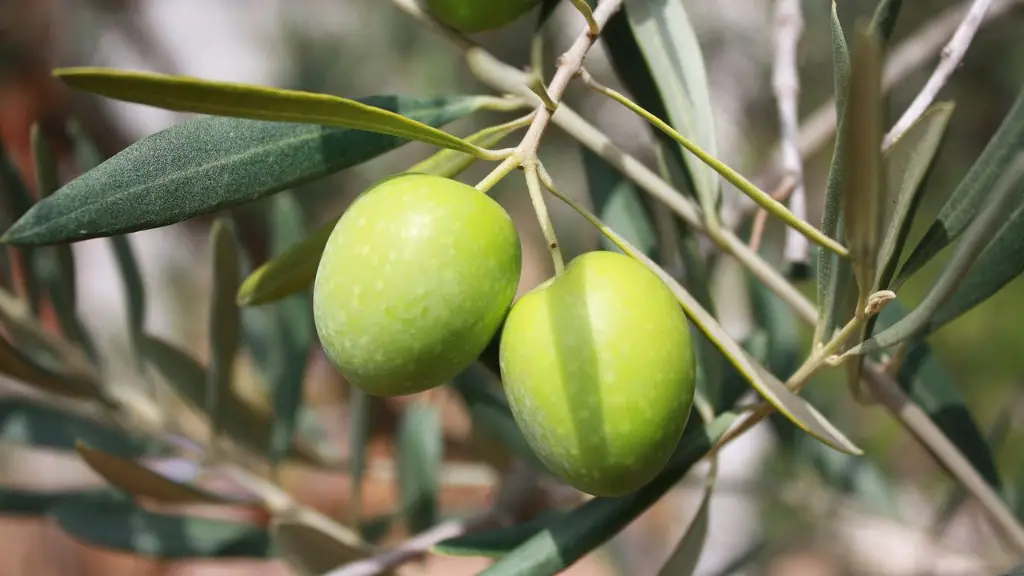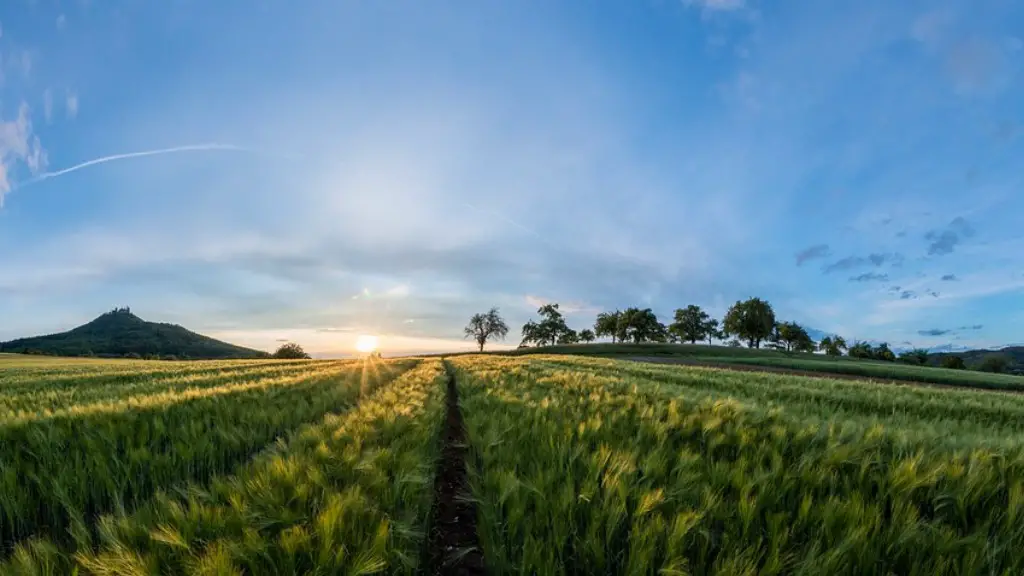The concept of crop rotation is simple: growing different types of plants in succession on the same land. The idea is that different crops use different nutrients in the soil, so rotating them allows the nutrients to be replenished. Crop rotation also helps to control weeds and pests, and can improve soil health.
Rotation in agriculture is the practice of growing a series of dissimilar or different crops in the same area in sequenced cycles.
Why is rotating crops important?
Crop rotation is a key agricultural practice that can have numerous production benefits. By rotating crops, farmers can improve soil nutrients, organic matter, and more. This practice can help improve yields and make farms more sustainable.
If a farmer plants sweet corn in the field, after the harvest he will rotate the crops and plant something else in the field. Sweet corn is used in this example, a new crop might be beans. This is done to ensure that the same crop is not planted in the same field year after year. This practice helps to keep the soil healthy and prevents the build-up of pests and diseases.
What is crop rotation called
The four-field crop rotation was a key development in the British Agricultural Revolution, as it allowed livestock to be bred year-round. The rotation between arable and ley is sometimes called ley farming. The sequence of four crops (wheat, turnips, barley and clover), included a fodder crop and a grazing crop, allowing livestock to be bred year-round. This system was widely adopted in Britain and became a key factor in the country’s economic success.
The practice of crop rotation is an important agricultural practice that helps to preserve the productive capacity of the soil. By growing different crops in succession on the same land, crop rotation helps to replenish the nutrients in the soil that are necessary for plant growth. This practice also helps to control weeds and pests, and can improve the overall yield of a crop.
What happens if you don’t rotate crops?
It is important to maintain soil fertility in order to ensure that crops can continue to grow and thrive. This can be done by rotating crops, which will help to replenish the nutrients in the soil. Additionally, sowing crops that increase organic matter and nitrogen in the soil will also help to maintain soil fertility.
It is important to rotate crops on a regular basis in order to ensure that the soil stays healthy and productive. One way to do this is to plant a different crop in a given field every year. For example, if corn is planted in a field one year, the next year a different crop, such as soybeans, can be planted in that same field. This helps to keep the soil from becoming depleted of nutrients and also helps to control pests and diseases.
What is the most common crop rotation?
Corn and soybeans are grown in rotation with other row crops to help improve soil quality and prevent pests and diseases. Cotton is usually grown in the same field year after year to avoid damaging the delicate plants. Wheat is typically grown in a rotation including fallow or idle land to help conserve soil. Soil conserving crops, like corn, are more commonly used on highly erodible land to help prevent soil erosion.
There are three main types of crop rotation: annual rotation, biennial rotation, and three-year rotation. Each type of rotation has its own benefits and drawbacks, so it’s important to choose the right type of rotation for your particular crops.
What is an example of 3 crop rotation
A three-year rotation is a great way to ensure that your plants are getting the nutrients they need. By growing different plants in different areas of your garden, you are ensuring that each plant is getting the specific nutrients it needs. This also helps to prevent pests and diseases from taking over your garden.
This rotating planting strategy is known as “plant succession” and is a key part of organic gardening. By Planting different crops in different areas of your garden each year, you can keep your soil healthy and improve your overall yield.
How do you do crop rotation?
Farming can be a great way to provide fresh, healthy food for your family and community. But, before you start, it’s important to do some planning. Write down your goals for your farm, and prioritize them. Then, list the crops you plan to grow and how much of each you want to grow. Create groups of crops that you will rotate among your planting areas. This will help to keep your soil healthy and prevent pests and diseases from getting a foothold. Finally, make a map of your farm or garden and divide it into equal-size rotational units. This will help you to keep track of where you’ve planted each crop and when it’s time to move on to the next one.
Rotating crops is a great way to improve soil nutrient levels, break crop pest cycles and reduce production risks. Diversifying your crops can also help to manage scarce resources, such as labor, during planting and harvesting.
What is rotation example
There are many examples of rotation in our everyday lives. The most obvious example is the rotation of the Earth on its axis. This rotation is what causes day and night. Other examples of rotation include the spinning of a top, the blades of a fan, and the wheels of a car.
Rotation around low pressure cells and high pressure cells is caused by a deflection in the direction that winds move. The earth’s rotation is much faster than the wind or current move, which causes the deflection. Ultimately, this results in a rotational force around the low pressure cells and high pressure cells.
What is Earth rotation simple definition?
Rotation is the spinning of an object on its axis. The Earth rotates on its axis once every 24 hours. This movement is caused by the Earth’s gravity, which pulls the object towards the center of the Earth. The axis of the Earth is an imaginary line that goes through the North and South Poles. The Earth’s axis is tilted at an angle of 23.5 degrees. This tilt is what causes the seasons on Earth. The tilt also causes the day and night cycle.
Crop Rotation is the practice of growing different types of crops in a particular order. The main purpose of crop rotation is to maintain soil fertility and condition.
Different crops deplete the soil of different nutrients, so by rotating crops, you can help to keep the soil in good condition. For example, after a crop of peas is harvested, the nitrogen in the pea plants is used up by the next crop.
Crop rotation also helps to control pests and diseases. Different crops attract different pests and diseases, so by rotating crops, you can help to reduce the chance of pests and diseases becoming established in your farm.
There are many different crop rotation systems, but all of them involve growing a variety of different crops in a particular order.
What vegetables don’t need to be rotated
Crop rotation is a vital tool for maintaining healthy soils and preventing pests and diseases from taking hold in the garden. By growing a different crop in a bed each year, you allow different plants to access different nutrients in the soil and stop build-ups of pests and diseases that can devastate a crop.
Perennial vegetables can be incorporated into the rotation, but as they remain in the ground for several years, it’s important to choose a spot that won’t be needed for other crops in the meantime.
When farmers rotate their crops, they are essentially giving the soil a break. This helps to keep the soil balanced and healthy, which in turn benefits the farmer’s operations. In the US, nearly all soybean hectares are continuously rotated in order to take advantage of this.
Conclusion
In agriculture, rotation is the practice of growing a series of different crops in the same area in sequential seasons. Crop rotation allows the soil to recover from the depletion that a single crop imposes on specific nutrients.
Rotation in agriculture is the process of growing different types of crops in the same area in sequential seasons. This practice can help to manage soil fertility, reduce pest and disease pressures, and improve crop yields.
